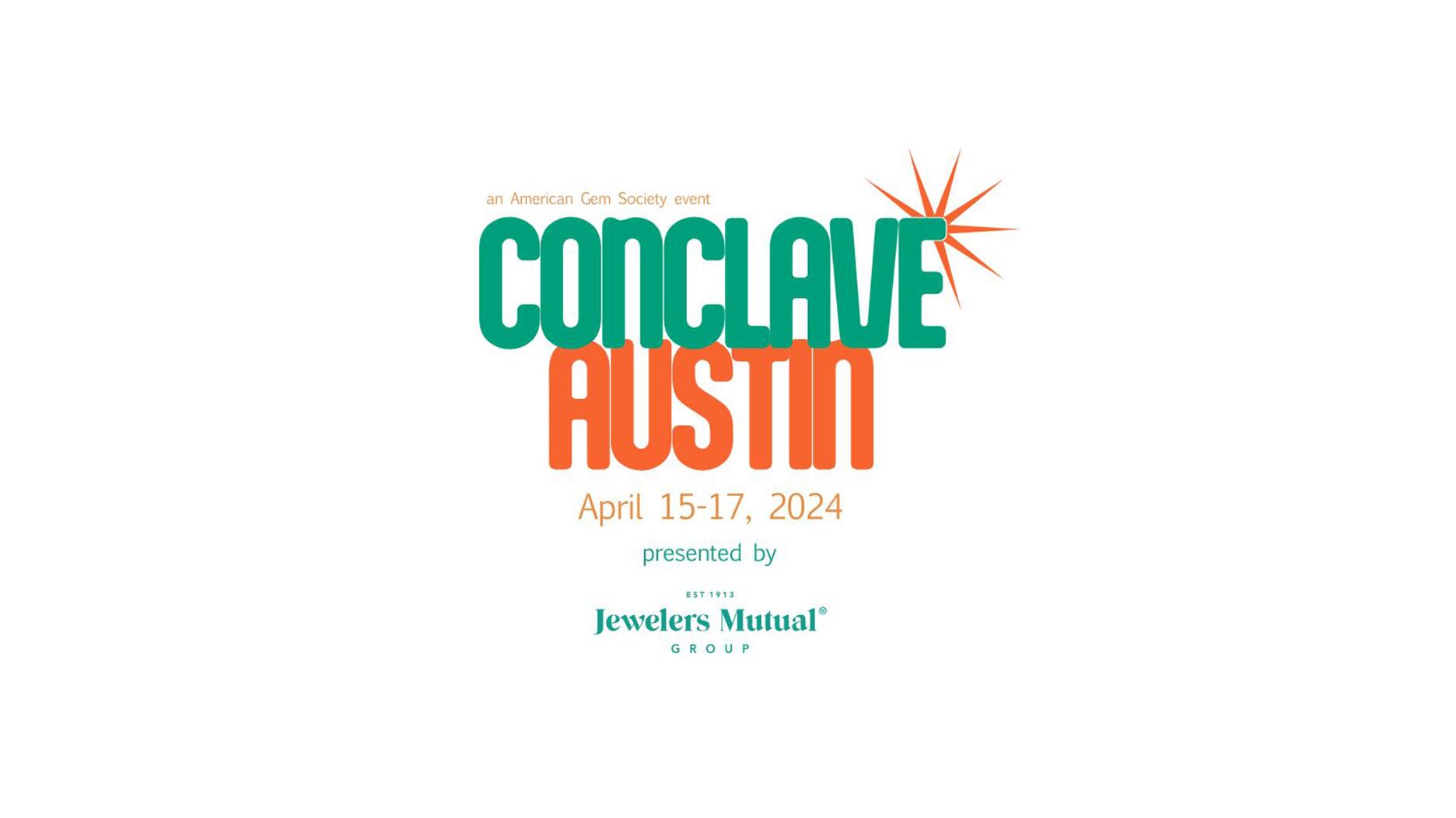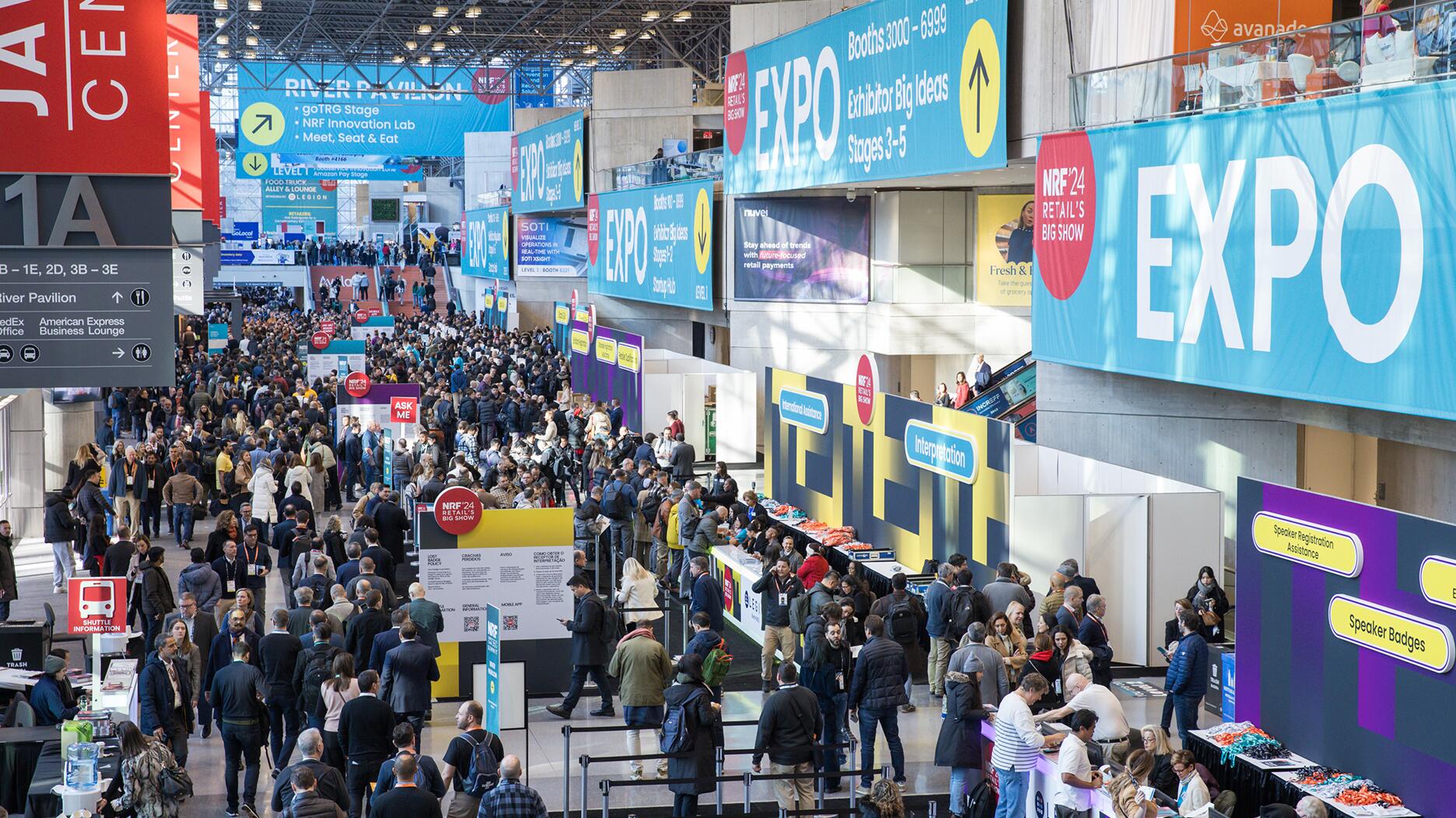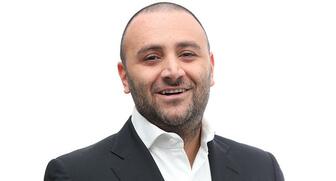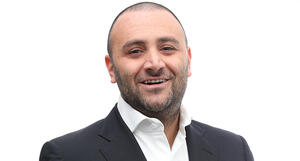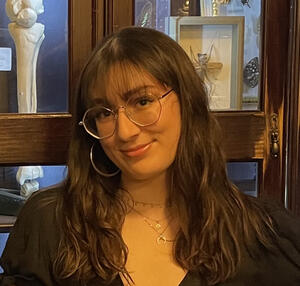Emmanuel Raheb recommends digging into demographic data, customizing your store’s communications, and retargeting ahead of May 12.
8 Takeaways from a Panel on Gemstone Cutting
Senior Editor Brecken Branstrator shares quotes and insights gleaned from experts during a discussion at the Chicago Responsible Jewelry Conference.
When responsible sourcing conversations arise, quite often they focus on the mining end of the supply chain.
So when I attended the recent Chicago Responsible Jewelry Conference, I was pleased to listen to a panel session on an area that can often be left out of the responsible conversation even though it’s just as important: cutting.
Eric Braunwart of Columbia Gem House moderated and participants were: Brandee Dallow of the Responsible Jewellery Council; American diamond cutter Maarten de Witte; Dharmendra Tank of Indian manufacturer Heeralal Chhaganlal Tank; Patricia Mweene of Inonge Zita Zambian Gemstones, which is helping develop the country’s cutting industry; and Rachel Hill of Americut Gems, which has a cutting facility in New Jersey.
Here are just a few of the many great quotations and insights from the conversation.
On realizing the need to build the lapidary sector in Zambia
“I wanted to make jewelry with gemstones from Zambia because I knew there were gemstones from Zambia. So I’d go to Hatton Gardens (in London) and try to buy some gemstones from Zambia for my jewelry. And when I saw the prices there, I thought something was absolutely wrong. No. Everything was fine. Just looking at those prices, I thought, well, if these stones are coming from Zambia and we have a gem cutting school in Zambia, why are we not getting a bit of these profits?”
-- Patricia Mweene
On the challenges faced by Zambian gemstone cutters
“One of the key challenges has been that most of the cutters in Zambia don’t have access to machinery. If they have a machine, it’s probably an old, old machine. In Africa, generally, when you have a machine, like you have a car and it breaks down, you don’t throw it away. You repair it until you cannot repair it anymore. For some of the cutters, it’s just simple things like laps. They’re cutting stones but they can’t afford to buy laps or spare parts.”
-- Mweene
“There are a lot of challenges, but mainly it’s access to machinery and access to the market so we can sell the gemstones at a fair price and cut out all the middle men because there are way too many middle men in the supply chain, the foreign middle men as well as all the local middle men.”
-- Mweene
On similar challenges seen by cutters in Madagascar
“After the first trip (for a World Bank
-- Eric Braunwart
On obstacles in India
“The biggest problem for our cutting factories recently is a regular supply of material … I know everyone must [wonder] why India is seeing so few cutters coming up in this business. That’s the reason; there’s no stability for them. We have to find a proper supply chain that we can definitely sustain all those cutters if they want to work with us.”
-- Dharmendra Tank
On Americut’s robotic cutting technology and its role in the sector
“We are trying to produce something that is technically very precise. We’ve started implementing a certification, so to speak, by scanning the gemstones and producing a symmetry grade, which is the exact same one that they use for diamonds with the GIA. This has never been heard of and I don’t know if it could be replicated in the future either, but it certainly creates a fingerprint for the gemstone that you know it’s not from overseas.”
-- Rachel Hill
On the need to tell the story
“If you’ve been to the factories, then you know and you’ve seen probably firsthand the passion and the art of cutting. And those are stories that I think we need to add to our repertoire, whether at the retail level or any level of the supply chain, because these people who are cutting these gemstones will literally tell you that the stones speak to them and tell them how they should be cut and what these stones want to be. There’s another great value-added story that we really should add to our repertoire to help the consumer understand just how many people, and how many passionate people, are involved in our process.”
-- Brandee Dallow
“It is about stories, but it’s also about very succinct stories. It’s about stories that consumers themselves can repeat. Just because you can tell them a good story doesn’t mean it’s a story that they can tell their friends. ‘Oh I bought because I heard about this guy, I met this guy, and he does this and I wanted one and that’s why I bought this.’ That is missing in our trade to a large extent. And even more so because we are so heavily involved in technology and trading information so it becomes ‘I have this, this and this—the same as everybody else—and I can sell it to you cheaper.’ If that is the only story we have to tell people, we’re doomed.”
-- Maarten de Witte
The Latest

Located in the town of Queensbury, it features a dedicated bridal section and a Gabriel & Co. store-in-store.

The mining company’s Diavik Diamond Mine lost four employees in a plane crash in January.

With Ho Brothers, you can unlock your brand's true potential and offer customers the personalized jewelry experiences they desire.
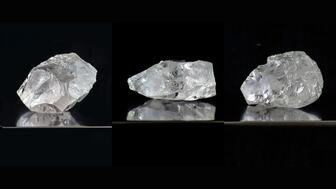
A 203-carat diamond from the alluvial mine in Angola achieved the highest price.

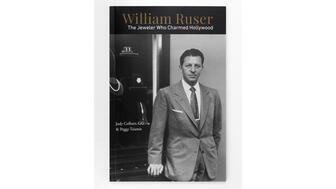
Ruser was known for his figural jewelry with freshwater pearls and for his celebrity clientele.

The “Rebel Heart” campaign embodies rebellion, romance, and sensuality, the brand said.

For over 30 years, JA has advocated for the industry, fought against harmful legislation and backed measures that help jewelry businesses.
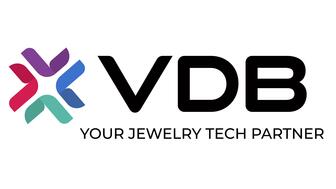
The overhaul includes a new logo and enhanced digital marketplace.
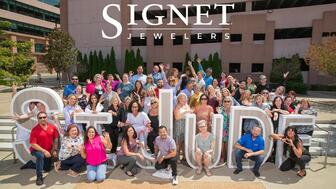
The money will go toward supporting ongoing research and aftercare programs for childhood cancer survivors.

A new addition to the “Heirloom” collection, this one-of-a-kind piece features 32 custom-cut gemstones.

Last month in Dallas, David Walton pushed another jeweler, David Ettinger, who later died.

The move will allow the manufacturing company to offer a more “diverse and comprehensive” range of products.
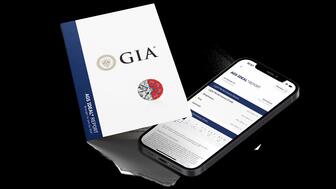
From now through mid-May, GIA will be offering the reports at a 50 percent discount.
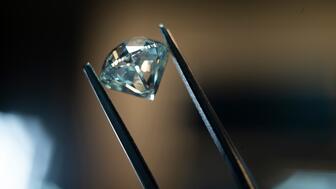
De Beers’ rough diamond sales were down 18 percent year-over-year in its latest round of sales.
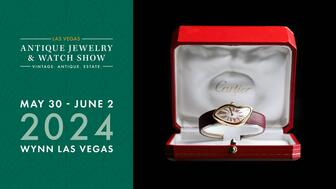

Sponsored by the Las Vegas Antique Jewelry & Watch Show

The Patek Philippe expert will serve as personal curator for the brand-focused company.

The 553-square-foot shop is aboard the Carnival Jubilee cruise ship.

NDC filed a complaint against Skydiamond for use of phrases like “diamonds made entirely from the sky.”
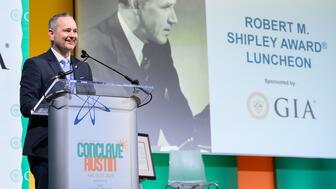
John Carter received the AGS’s highest honor Tuesday afternoon at Conclave in Austin, Texas.

LVMH said the company performed well despite an uncertain geopolitical and economic environment.

B&D Sales and Service held a ribbon-cutting event for its new location in Cranston, Rhode Island.

It’s ultra-feminine and filled with gold, pearls, and soft pastels.

Emily Highet Morgan and Emily Bennett have joined the agency’s team.
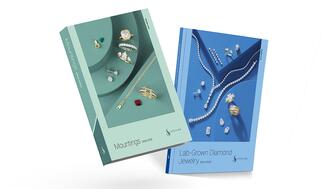
Its updated book for mountings is also now available.

She has been with the organization since 2010, most recently serving as its chief officer of PR and industry relations.

Joyce’s Jewelry sued the bank after cybercriminals drained its accounts of nearly $1.6 million through a series of wire transfers.












